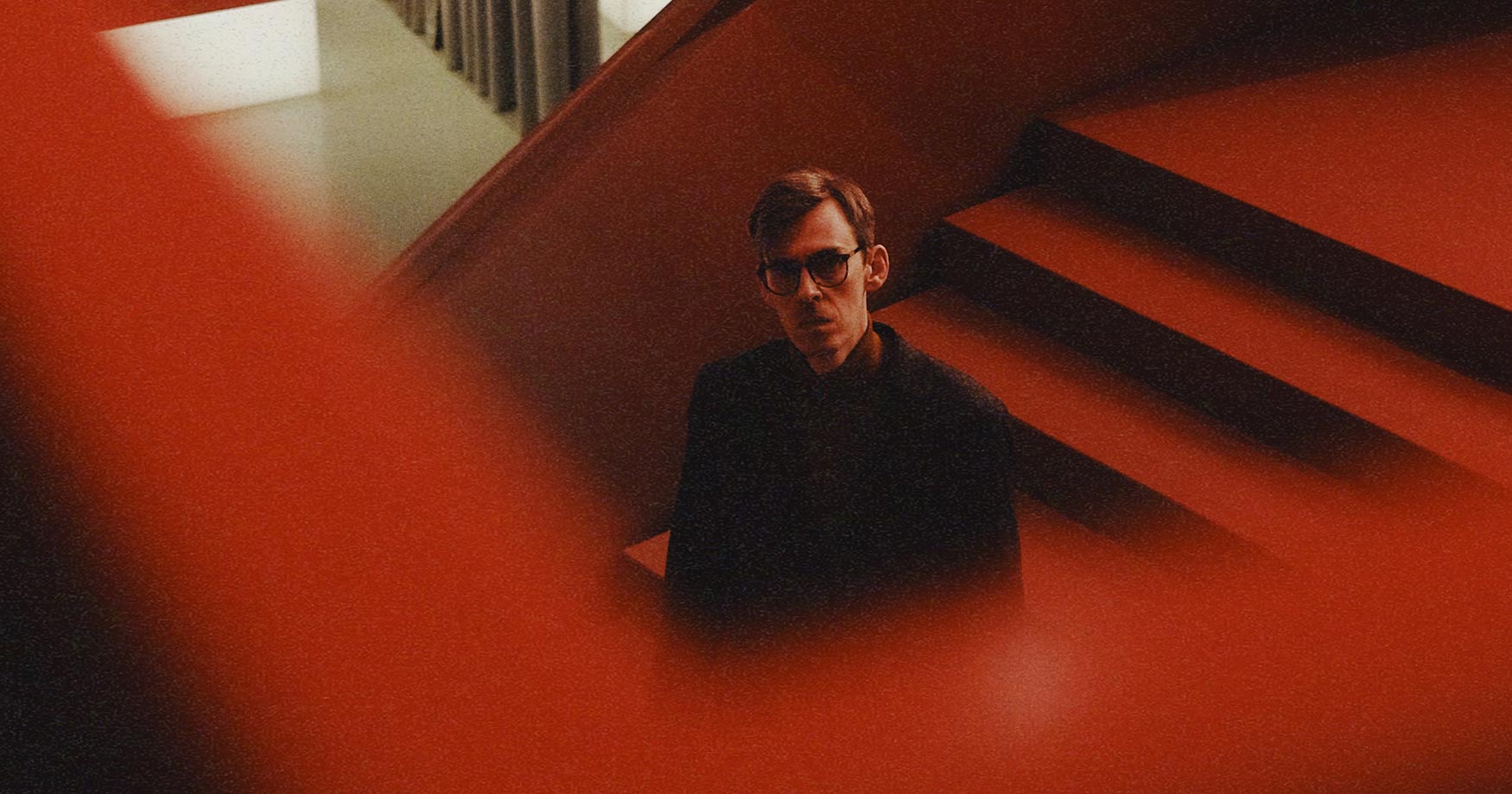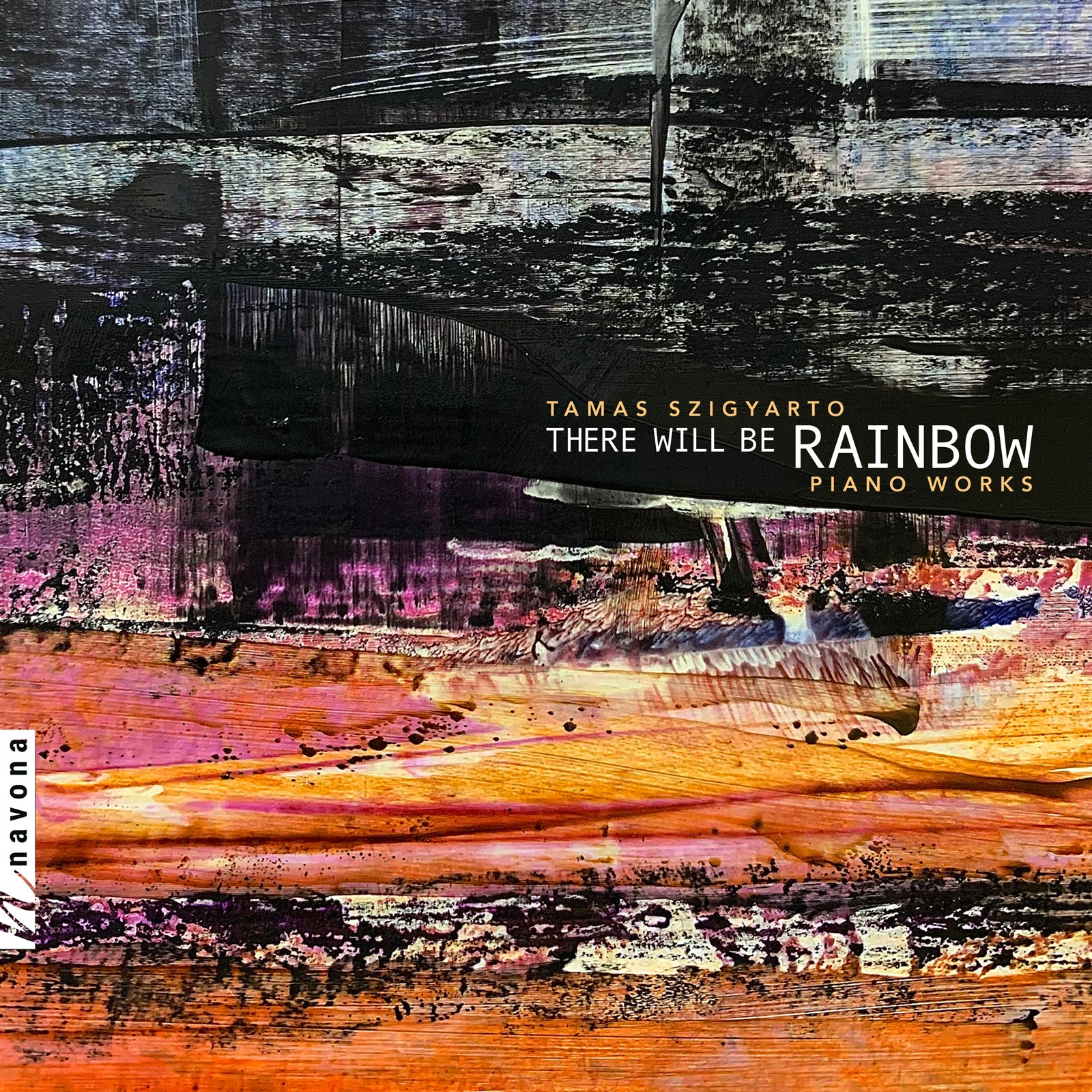THERE WILL BE RAINBOW is an elegant and captivating collection of 12 piano pieces composed by pianist Tamas Szigyarto. These all original compositions seek to illuminate and embolden the listener, a deeply musical body of work that conveys themes of harmony and reflection.
Today, Tamas is our featured artist in “The Inside Story,” a blog series exploring the inner workings and personalities of our composers and performers. Read on to learn about his passion for film photography, and the two cities where he finds the most artistic inspiration…
Take us on a walk through your musical library. What record gets the most plays? Are there any “deep cuts” that you particularly enjoy?
First, I need to pay homage to my teenage years and beyond, to the records that deeply affected me, that stay with me to this day. It’s Nirvana’s Nevermind, Smashing Pumpkins’ Melancholy and the Infinite Sadness, Radiohead’s The Bends, Alien Ant Farm’s Anthology, Foo Fighters’ Nothing Left to Lose, and My Rockets Up’s Humanaut to name a few. Regarding classical music, I love Scriabin’s preludes and etudes recorded by Elena Kuschnerova, Schubert’s piano sonatas D894 and D960 by Grigory Sokolov. Pretty much every record by Alexandre Tharaud (his Ravel, Couperin, and Rameau the most).
From the recent releases, Sufjan Stevens’ Reflections, beautifully played by Timo Andres and Conor Hanick, comes to mind. War and Peace by Veronique Bonnecaze is a touching selection of Prokofiev’s works. Recently I watched a documentary about pianist Igor Levit. It has scenes from the studio where Igor records Passacaglia on Dsch by Ronald Stevenson. His album On DSCH from this session that includes Shostakovich’s 24 preludes and fugues, and Stevenson’s passacaglia is simply stunning. Stevenson was a new discovery for me as I never encountered his works before.
What’s the greatest performance you’ve ever seen, and what made it special?
It was Brad Mehldau’s performance at Wigmore Hall, London in December 2015 where he premiered Three Pieces After Bach that was later recorded and released as an “After Bach” album. Mehldau is known for his trio works where he plays jazz standards as well as pop and rock adaptations by The Beatles, Radiohead, and Soundgarden, among others. This time it was Bach’s works from Well-Tempered Clavier as well as three WTC inspired pieces: Rondo, Ostinato, and Toccata. They’re wonderful improvisations on Bach’s themes. I’m looking forward to Brad’s return to Wigmore Hall this September.
What are your other passions besides music?
Photography has been a big part of my creative life for the last 8 years. Film photography specifically. Something happened in Summer 2015 when I stumbled across a few Japanese photographers (I don’t remember their names unfortunately) that shot their works on medium format film. I’ve never seen images like this before. There’s something distinguishably different about analog medium compared to digital. Shortly after, I bought my first 35mm Nikon FE2 and started shooting on film. I’ve grown a big collection of cameras over these years, both 35mm and medium format. I enjoy shooting urban scenes and architecture with occasional landscapes when I’m out of the city. The slow process of shooting on film and deferred results when you take all the time you need are really what I like the most. It’s well suited to my personality and in a way reflects in my music.
Where and when are you at your most creative?
It might sound ordinary, but my home is the most creative place for me. I grew up in Kronstadt, a small city near Saint-Petersburg, Russia. I moved to London in 2011 and have been living in Ealing ever since. These two places are my pillars where all the writing happens. I travel a lot between them. Every time I’m going back to the place where I grew up, I feel the flow of time, how things are constantly changing: some evolve, others degrade. All of this is a source of creative intake that finds its way through music. I always sketch something on my good old piano that I used to play when I was a kid. It creates a sense of connection between past and present and there’s always something magical about it.
What emotions do you hope listeners will experience after hearing your work?
I always hope that my music will touch someone. I really like this word as it’s simple enough to describe the moment you listen to new music that echoes back. It’s a first encounter that can produce a glimpse of various emotions and desire to come back for further listening. I will be more than happy if my music will help someone to connect with inner-self and explain something beyond words.
How have your influences changed as you grow as a musician?
I’m listening more to classical music now than I used to be. The way how I listen and approach music changed a lot over the years as well. It always fascinates me when I come back to the pieces and composers that I took for granted. Mozart is a good example. I’ve never seen a depth in his music until recently when it just opened to me, almost like another dimension suddenly appeared that I haven’t seen before. I read a lot more about music and composers now, trying to know more about people’s stories and lives. It does a great deal, helping to understand what influenced others’ works. 20th century composers are a big subject of discovery for me: Vsevolod Zaderatsky, Einojuhani Rautavaara, Charles Ives, Takashi Yoshimatsu, and Ann Southam are just a few whose music speaks to me.
Explore Tamas Szigyarto’s Latest Release
THERE WILL BE RAINBOW
THERE WILL BE RAINBOW is available now from Navona Records. Click here to visit the catalog page and explore this album.
The views and opinions expressed in this post are those of the artist and do not necessarily represent or reflect the views and opinions held by PARMA Recordings LLC and its label imprints, subsidiaries, and affiliates.




